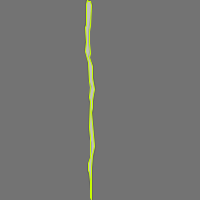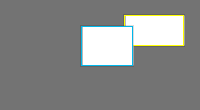underwater2 Computer Vision Project
Updated 2 years ago
48
views3
downloadsMetrics
Here are a few use cases for this project:
-
Marine Wildlife Research: The model can be used by marine biologists and ecologists to identify and study underwater life in their natural habitat. By automatically identifying species like starfish, conch, and trepang, researchers can track populations & behavioral patterns.
-
Underwater Clean-Up Initiatives: Environmental organizations can use the model to identify non-organic items like bottles, wood, or iron during underwater clean-ups. It can help quantify the level of pollution and efficiently locate waste.
-
Deep Sea Exploration and Archeology: Explorers, archaeologists, or treasure hunters can use the model to identify unique underwater artifacts or historical materials like nests, stone formations, or iron relics, thus helping in creating detailed maps of underwater sites.
-
Aquaculture Monitoring: It can be used by aquafarm managers to monitor the health and development of sea-snails, trepang, or other farmed species, and to inspect for signs of disease or parasites, helping ensure a healthy and sustainable harvest.
-
Underwater Robotics And AUVs: The model can be integrated into autonomous underwater vehicles (AUVs) and robotic systems to help them navigate and interact with underwater environments effectively, recognizing obstacles or points of interest.
Use This Trained Model
Try it in your browser, or deploy via our Hosted Inference API and other deployment methods.
Build Computer Vision Applications Faster with Supervision
Visualize and process your model results with our reusable computer vision tools.
Cite This Project
If you use this dataset in a research paper, please cite it using the following BibTeX:
@misc{
underwater2-yujt5_dataset,
title = { underwater2 Dataset },
type = { Open Source Dataset },
author = { zly },
howpublished = { \url{ https://universe.roboflow.com/zly-5wgec/underwater2-yujt5 } },
url = { https://universe.roboflow.com/zly-5wgec/underwater2-yujt5 },
journal = { Roboflow Universe },
publisher = { Roboflow },
year = { 2023 },
month = { mar },
note = { visited on 2025-02-13 },
}
















